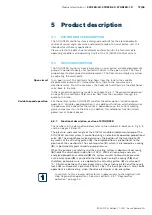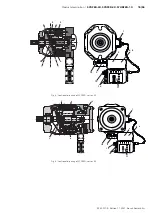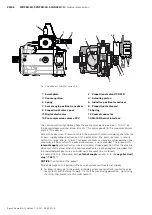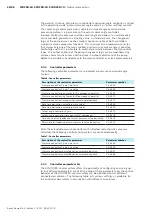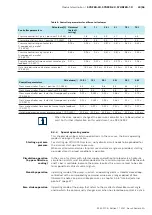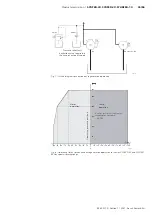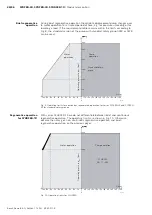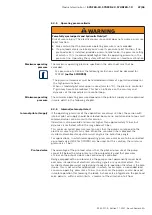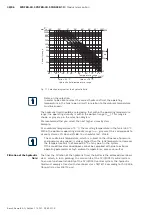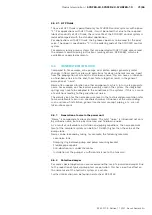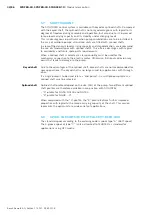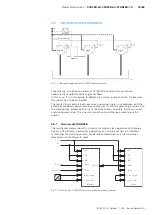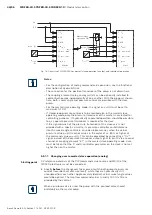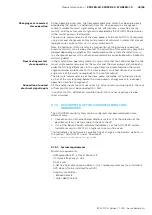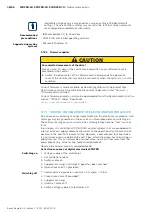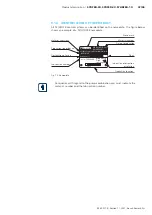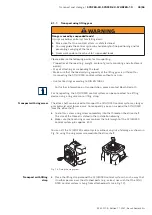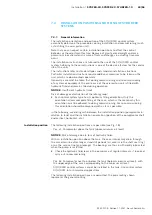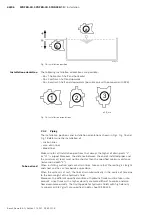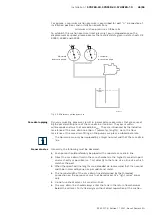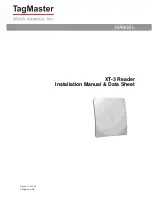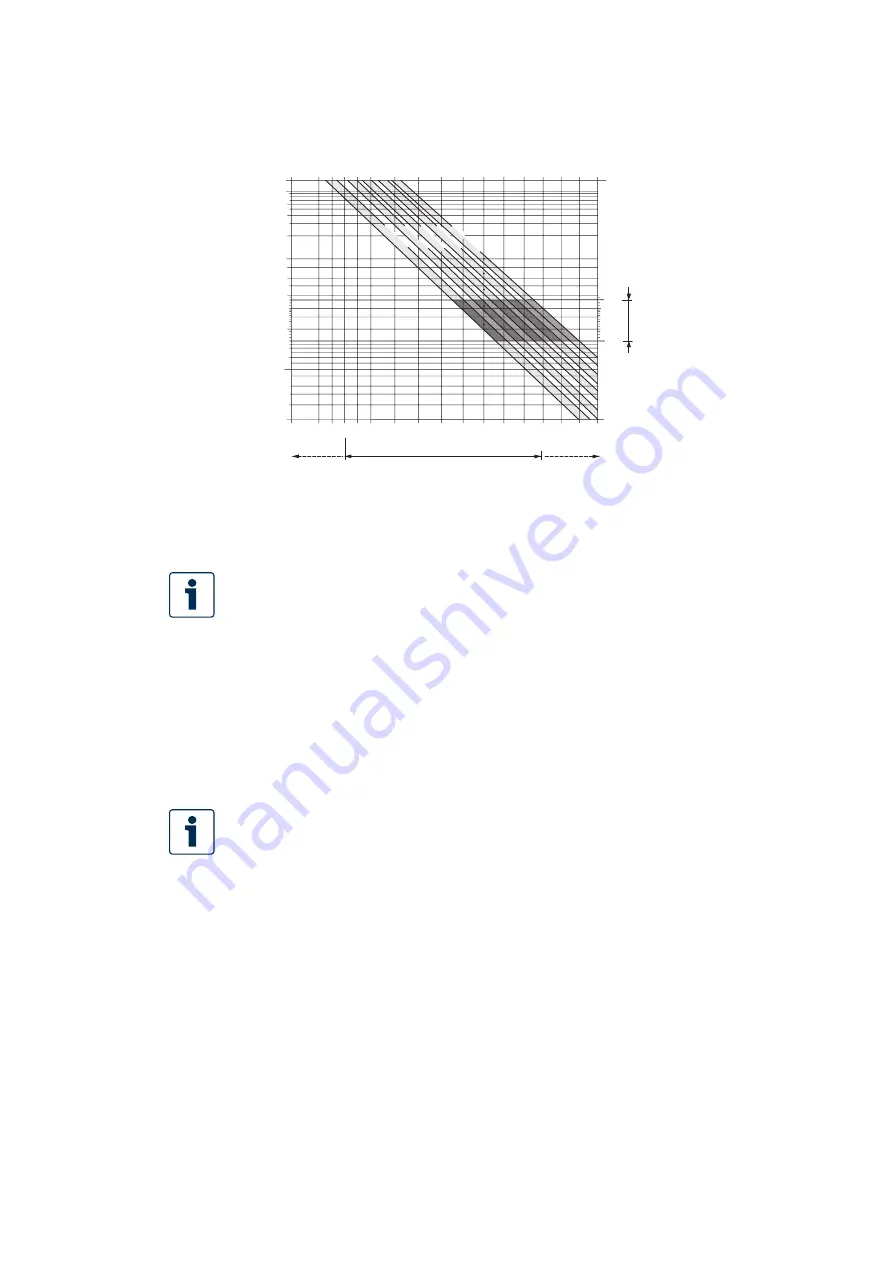
30/96
SYDFED-2X, SYDFED-3X, SYHDFED-1X
| Product description
Bosch Rexroth AG, Edition 11.2021, RE 30017-B
tmin = -20 °C
t in °C
tmax = +70 °C
5
10
40
60
20
100
200
400
600
1000
1600
2500
0°
20°
40°
60°
80° 100°
-40°
-20°
�
opt.
16
36
5
1600
-40°
-25°
-10°
10°
30°
50°
90°
70°
0°
VG 2
2
VG 3
2
VG 4
6
VG 6
8
VG 100
mm2/s
Hydraulic fluid temperature range
Temperature range
Visc
osit
y r
an
ge
Fig. 11: Selection diagram for the hydraulic fluid
Notes on the selection:
In order to be able to select the correct hydraulic fluid, the operating
temperature in the tank (open circuit) in relation to the ambient temperature
must be known.
The hydraulic fluid should be selected so that within the operating temperature
range, the operating viscosity is within the optimal range (
ν
opt
). This range is
shown as gray area in the selection diagram.
We recommend that you select the next higher viscosity class.
Example:
At an ambient temperature of X °C, the resulting temperature in the tank is 60 °C.
Within the optimum operating viscosity range (
ν
opt
; gray area) this corresponds to
viscosity classes VG 46 and VG 68. You should select: VG 68.
The case drain oil temperature, which is subject to the influence of pressure
and pump revving speed, is always higher than the tank temperature. However,
the temperature must not exceed 90 °C at any point in the system.
If the conditions described above cannot be complied with due to extreme
operating parameters or high ambient temperatures, please consult us.
The finer the filtration of the hydraulic fluid, the better is the achieved cleanliness
class, which, in turn, prolongs the service life of the SY(H)DFED control system.
To ensure functional reliability of the SY(H)DFED control system, the hydraulic
fluid must comply at least with cleanliness class 18/16/13 according to ISO 4406
(for particle sizes 4/6/14 μm).
Filtration of the hydraulic
fluid


